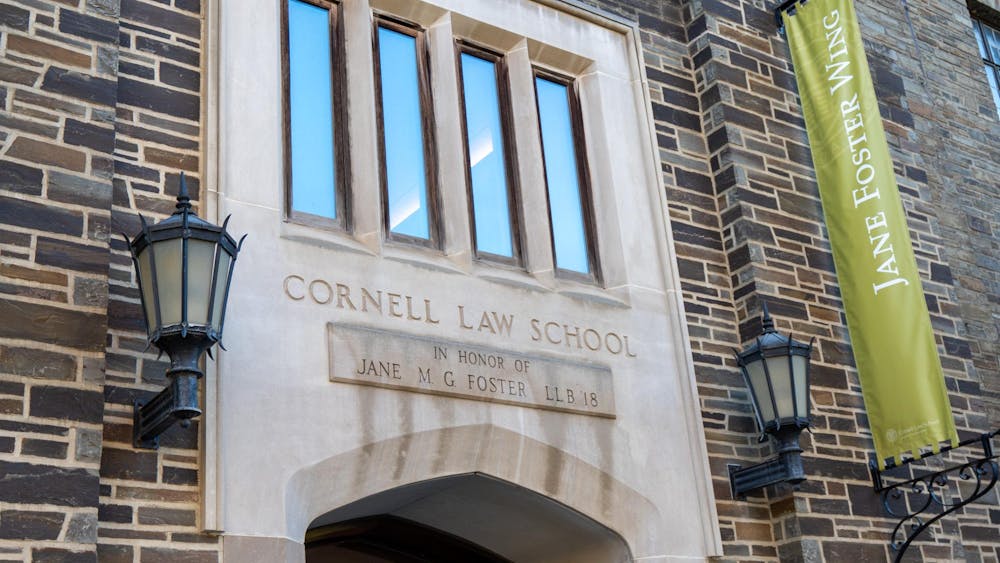By JACK JONES
What is it about Liam Neeson that makes him, at age 63, one of the most popular movie stars? He’s not strikingly good-looking, or especially physically imposing. Without a doubt, it’s Neeson’s voice that drove his “ReNeesonce” in acting, in such pretty-bad films as Taken and Non-Stop. His voice is fatherly, warm and reassuring, but also capable of gravity and menace. Above all, Neeson’s voice conveys wisdom, even when the script he’s reading decidedly doesn’t.
It’s this quality, and not that of incapacitating ten nameless bad guys in under a minute, that makes Neeson an excellent choice to provide the voice of the titular character in The Prophet, an animated film adaptation of the Kahlil Gibran’s 1923 book of poetry of the same name. Neeson brings sophistication, compassion, and a light sense of humor to the character Mustafa (called Almustafa in the book).
The framing story for Mustafa’s lessons is almost wholly invented for the film. In Gibran’s book, Almustafa has lived on the island of Orphalese for twelve years, until one day a ship arrives to take him home. This mystical framework is left unexplained; the reader does not know what brought Almustafa to Orphalese in the first place, or how he knows that the ship in the harbor has arrived to take him home. This mystery serves the book well, as it is about Almustafa’s words, not the character himself or the plot. Before leaving, Almustafa spends the day talking to the townspeople in gorgeous, Biblical prose on every topic ranging from work and money to love, freedom and death.
However, in the film, Mustafa is a political prisoner under Orphalese’s totalitarian government, and is being set free by the rulers on the condition that he return home immediately on the ship. Mustafa’s exit is accompanied by a bumbling, arrogant sergeant, and silently followed by the mute girl Almitra, who is fascinated by the lessons he imparts to the town on his way. The narrative of tyranny and resistance addresses politics and division in a way that Gibran never does. Gibran’s writing is universal and forgiving: he writes, “You are good in countless ways, and you are not evil when you are not good. You are only loitering and sluggard.” However, the presence of the unsympathetic and malicious sergeant and governor undercuts this message by creating an “us vs. them” narrative that is antithetical to Gibran’s message of oneness and moral fluidity.
The story itself is the film’s weakest aspect. Luckily, much of the film consists of captivating and euphoric animated segments paired with Mustafa’s poetic lessons, on topics ranging from freedom and work to love and death. Not surprisingly, these are the real substance of the film, as they are the parts that are actually drawn directly from Gibran’s work.
While the framing storyline is directed by Roger Allers, who oversaw The Lion King, these interspersed segments are created by nine different directors, and make up an impressive range of different animation styles, from flowing, fluid colors to angular, Picasso-like shapes and bodies. Some particularly memorable segments include “On Marriage,” in which a bride and groom dance barefoot in a blue, deserted restaurant surrounded by ancient ruins, and “On Death,” in which a cloaked woman with a flowing and inconstant shape walks through the woods before casting off her garment and climbing into the sky.
The film adaptation of The Prophet is imperfect; its framing storyline is generic and a bit silly, and the somewhat haphazard arrangement of Mustafa’s lessons doesn’t reflect the unified structure and message of the book. Nonetheless, the segments that pair Neeson’s reading of the original text with a variety of animation styles are imaginative and memorable. The film provides both an engaging new look at Gibran’s poetry for those who have already read it, and an entrance for those who have not yet been exposed to its pure, brilliant beauty.

The Prophet at Cornell Cinema
Reading time: about 4 minutes
COURTESY OF VENTANAROSA
Read More










